-
Posts
513 -
Joined
-
Last visited
Content Type
Forums
Detector Prospector Home
Detector Database
Downloads
Posts posted by Badger-NH
-
-
1 hour ago, GB_Amateur said:
I can understand everything but the "...they don't dig well..." Care to go into more detail?
I got my wife a Lesche Sampson (well, OK, I got it for me but she gets to use it
 ) for gardening and she absolutely swears by it. She's used about every shovel and spade intended for gardening. When the ground is hard and/or has roots it's like a hunting knife vs. a butter knife.
) for gardening and she absolutely swears by it. She's used about every shovel and spade intended for gardening. When the ground is hard and/or has roots it's like a hunting knife vs. a butter knife.
I had a Lesche Sampson but didn't like it. For me, it was too short, too heavy, too cold, and the blade was too narrow. The narrower the blade, the longer it takes to dig a good-sized plug. A lot depends on the type of ground you're digging in. For sure smaller is better around roots. Some people don't mind bending when they dig.
I carry a Fiskars Transplanter for digging around roots. Less chance of scratching a good coin. https://www.fiskars.com/en-us/gardening-and-yard-care/products/cultivating-tools/transplanter-100s-79796931j
-
I can't stand the pointy heavy metal detecting shovels. The serrations are nice but they don't dig well, are cold on your hands, and are way too expensive. Most are too short. I don't like bending when I dig.
I've been using an Ame's floral shovel for over a decade and haven't broken one yet. I've left a couple behind in parking areas but not a huge loss at under $30 at Home Depot. Super light to carry at only 2.5 pounds. https://www.ames.com/product/shovels-and-scoops/2916100-long-handle-round-point-floral-shovel/
My friend uses a Radius Pro-Lite Floral shovel and swears by it. It's light and unbreakable. This might be my next shovel. A little more expensive. $43 at Lowe's. $45 at Home Depot. https://radiusgarden.com/collections/pro-lite-carbon-steel-tools/products/copy-of-pro-lite-floral-shovel-1
-
I have a few that I've rescued from the dump.
Treasure Locater made for Sears by White's.
White's Coinmaster 5000/D G.E.B.
Compass Judge
Garrett Master Hunter 7
My first detector was a White's Silver Eagle.
-
On 2/8/2023 at 3:59 PM, Mike_Hillis said:
Badger, did you ever see....whats his name....Old California....i forget his name....anyway, he put the CZ box under the arm but put the faceplate in a box on top so you could still see the meter and use the pinpoint button. Made a nice looking easy swing unit......Paul...Paul (CA) is his name. He did some really good mods on the CZ.
To me...the F75 LTD was a good replacement for the CZ series.
HH
MikeSorry, for the late reply. That sounds familiar. I've seen some pretty cool mods over the years. When I talk about the CZ series, it mostly has to do with beach detecting because that is where Multi-frequency really shines. I would choose an F-75 over a CZ any day for land.
-
The half-dollar really isn't as worn as it looks. The coin is 90% silver and 10% copper. Saltwater causes the copper to leach out onto the surface bringing with it a certain amount of silver. Under this coating is usually a perfectly good coin. If you remove the black, the oxidized silver coating still remains covering up all the detail. This silver coating is much softer than the coin underneath it. It's soft enough to mar with a fingernail.
I've tried every possible coin-cleaning method I can think of and nothing will remove this soft silver coating without damaging the coin below it. It is permanently bonded to the coin.
Coins made of pure silver do not have this problem as much. That's why 400-year-old shipwreck coins often look better than 100-year-old coins found at the beach.
-
11 hours ago, Sirius said:
Impressive find! Are these things rare or something? I found this one on a beach yesterday and it was the first one I found. I personally don't really expect to find them on beaches but I have, plus merc dimes too.
I'd say silver coins are a rare find. Especially at the beach. I'd love to know what part of the coast you are hunting, without giving away the actual location of course. Consider yourself very lucky. It sounds like you've got a great spot there and not much competition.
Here are a couple of French colonial silvers that I dug on a NH beach a few years back. 1746 and 1791.
-
I would have identified that as silver the moment I dug it. 👍
-
I borrowed a 10 x 5 Coiltek for a few hunts and really liked it. It will do anything the 6" will do but is a lot more versatile as it covers more ground and is probably a bit deeper due to its length. I think the actual length is 9.5 inches. It's small and light and a pleasure to swing.
I would go with the 10 x 5 hands down over the 6".
-
As long as I've been on this forum, I never knew that Geotech was Carl. 😀
-
These days, I seem to get skunked about 8 out of 10 hunts, but I know the stuff is out there. 😄
-
On 2/4/2023 at 6:40 AM, Daniel Tn said:
It's not an attitude or state of mind. Having a different mindset doesn't magically make what isn't there just appear. You must not know much about rural Tennessee and its history.
Mindset is a better word but I completely disagree. Believing that there are good targets to be found will lead to more finds than thinking nothing is there. We have the same dirt-poor cellar holes up here dating all the way back to the early 1600's. Every one of those households had coins. Thinking positive thoughts will keep you going longer and looking in places that you might not otherwise consider if thinking negatively. Coins dropped in snow/leaves or darkness were lost for good. Drunkenness, fighting, getting on and off your horse, building stone walls are good ways to loose a coin. Often the safest place to keep money was either on your person or buried in the ground. Those are positive thoughts.
-
7 hours ago, Knomad said:
This is not a Theory, I have repeatedly tested the sensitivity and dept in Gold 2 Mode in the bad ground of gold baring areas. Maximum Sensitivity and depth is with No Discrimination and running as hot as you can, at these settings it acts almost like an analog detector but with target I.D readout. The more numbers notched out the more time the detector is processing that signal instead of just reporting the signal, and so if that is a small target in ground it is fighting to find it in that extra processing can take away from it reacting to that target. I find that if most hot ground and hot rocks read -7, -8 or-9, -8 and -9 most common, if needed I can notch out one or both of them with little loss, the more numbers notched out the more it effects both depth and sensitivity.
NOTE -- If you are hunting big targets like coins in good or modest ground you may not notice it, But try a small target at near max detection depth in other modes, then try the gold modes, in most cases you will gain depth.
I can attest to that. Unlike the other modes, Gold Mode has the best depth when run wide open. I often use it relic hunting when I want to dig everything at maximum depth.
-
9 hours ago, jmaryt said:
it is difficult to argue with you as what you say is sooo true, however,i still take issue with you because of the f-75 which was a crackerjack detector, and "very" innovative when introduced!..seems like they have just "stopped" and went in another direction.perhaps carl Moreland can shed some light on what gives with fisher!..I'm just sayin'
For sure, I agree the original F75 was an awesome detector but it was a hassle to use compared to Minelab and other brands. Later versions of the F75 were a little more user friendly, but they were also less sensitive which killed it in my opinion.
The Gold Bug Pro and F19 are good relic machines. I kind of wish I had kept my GBP.
-
On 2/3/2023 at 12:23 AM, Daniel Tn said:
I don't have to worry about it where I'm at. Folks around here were so poor they couldn't tell the depression was going on. If they had a dime to lose, they spent all week looking for it til they found it.
You won't find much with that attitude.
-
-
I never rub or clean my silver coins after digging. What's the rush? Why not just wait and do a careful cleaning when you get home?
A friend of mine brought me back a Coinpad container when he went to England. I carry it in my pouch.
https://www.amazon.co.uk/coinpad-Large-Coins-Storage-Portability/dp/B01KXDXJME
I rarely watch detecting videos.
-
On 1/24/2023 at 8:17 PM, Knomad said:
Side Note -- Discrimination does lower overall sensitivity, the more you eliminate the more it effects general sensitivity, Especially in Gold Modes that will often give you Maximum sensitivity and depth in most soils, but may be too unstable for salt beaches.
That may have been true of detectors of long ago but not of most modern detectors like the Equinox.
All discrimination does is turn off the sound associated with certain VDI numbers. It has no affect on sensitivity or depth.
The advantage to running no discrimination is that it allows you to hear the full audio signal of all targets.
-
Both Sensitivity and Recovery Speed affect depth.
Set the Sensitivity as high as the machine will allow and still remain stable, then set the Recovery Speed to the site conditions. In all metal, if you hear a lot of low tones with each swing of the coil, you might want a higher Recovery Speed for better separation of targets. If there are not a lot of low tones, you can lower the Recovery Speed for more depth. Low tones are caused by iron and/or mineralization.
In my test garden, lowering Recovery Speed increases depth until you get to 4. Below 4 does not have much if any affect on depth. In normal clean ground with few low tones, I usually set my Recovery at 4.
At sites with a lot of low tones, higher Recovery Speeds will give you better target separation but a lower Recovery Speed can still pick up deeper targets in those same conditions. It pays to search iron infested and/or mineralized sites with both high and low Recovery Speeds.
-
I used to devour every issue of W&E T back in the days before forums and YouTube. I didn't know they were still in business. Now online forums seem to be headed in the same direction as magazines, being replaced by phone oriented media sites.
My $80 Samsung Galaxy J2 smartphone works great but I prefer using a computer for all things internet. Forums are a great resource of information. It's way easier to write with a keyboard and mouse.
-
On 11/21/2022 at 12:55 PM, Tony-Ok said:
Does Fisher have any new technology/high end detectors coming out?????
Very unlikely
-
2 hours ago, rvpopeye said:
Heya Badger ! Anything diggable uptah your neck of the woods ? Been pretty mild here but the ground is solid ,,,except for Saturday when it hit 52* but Sunday morning was like a rock..and I don't mean Bob Seeger .
All the woods and even some fields are diggable down here within 10 miles of the coast and just one inch of snow is perfect for gridding. This is my favorite time of year to coin/relic hunt.
-
1 hour ago, rvpopeye said:
What GB or IB settings you use is variable according to what the site requires.
More important IMO is knowing what GB or IB does and how different settings change that.
Now which setting will melt the ice ???????
I need to GB and IB my car if there is one........😢
Does IB stand for Iron Bias?
To me, Iron Bias is more a personal preference than a site requirement.
-
7 minutes ago, midalake said:
If one is using tracking GB on low mineralized ground. How is it possible to make more noise? Is there some youtube vids that show this? I do not understand.
I don't understand it either, but I've proven it with my machine. Maybe it quiets down in mineralization when the tracking is more active.
-
8 hours ago, midalake said:
I always use tracking GB. This from the manual>
ContentsTracking Ground Balance
When Tracking Ground Balance is active, the detector continuouslyadjusts the Ground Balance automatically during detecting. Thisensures that Ground Balance is always set correctly.Tracking Ground Balance is the default andrecommended method for Gold Mode.Tracking Ground Balance can also be useful when using BeachMode 2 underwater at the beach (in salt water).The manual only recommends using Tracking GB in the Gold Modes and Beach Mode 2 in saltwater. That's because places with gold nuggets are often highly mineralized and saltwater usually has high salt content.
In low to moderate mineralization, all the modes will be quieter without Tracking.


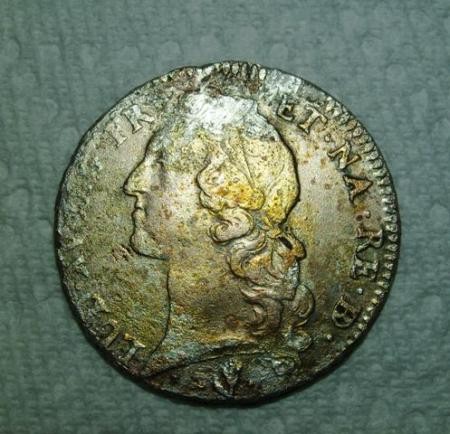
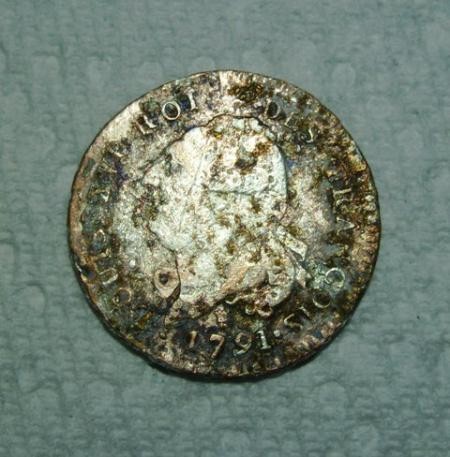
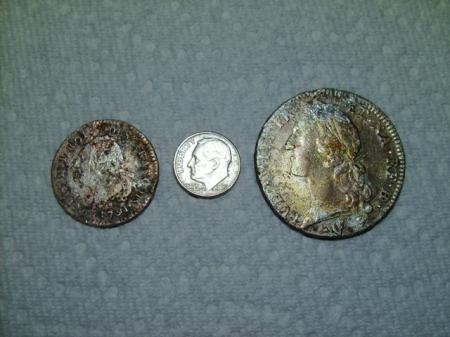
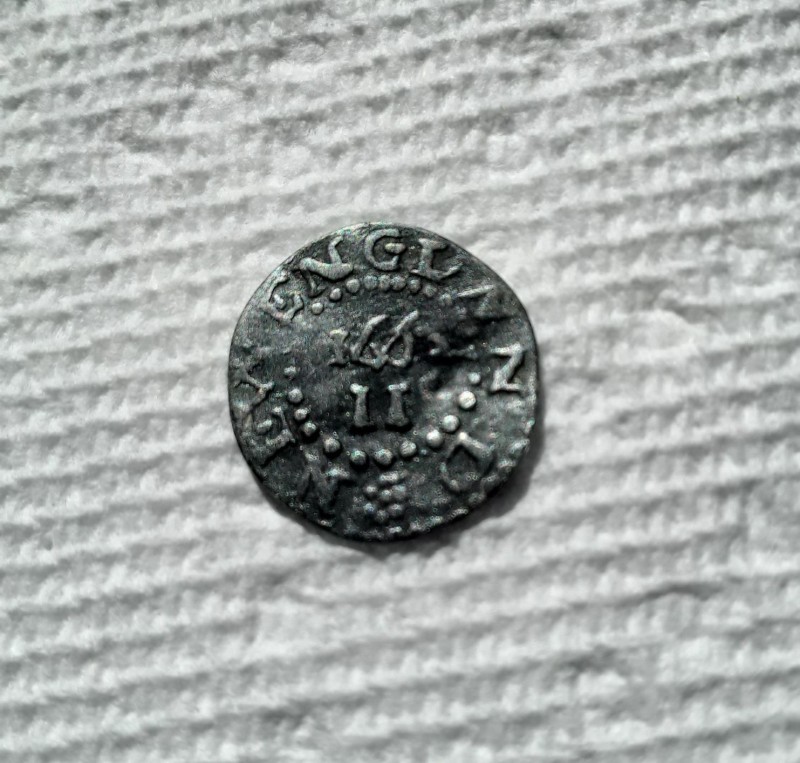
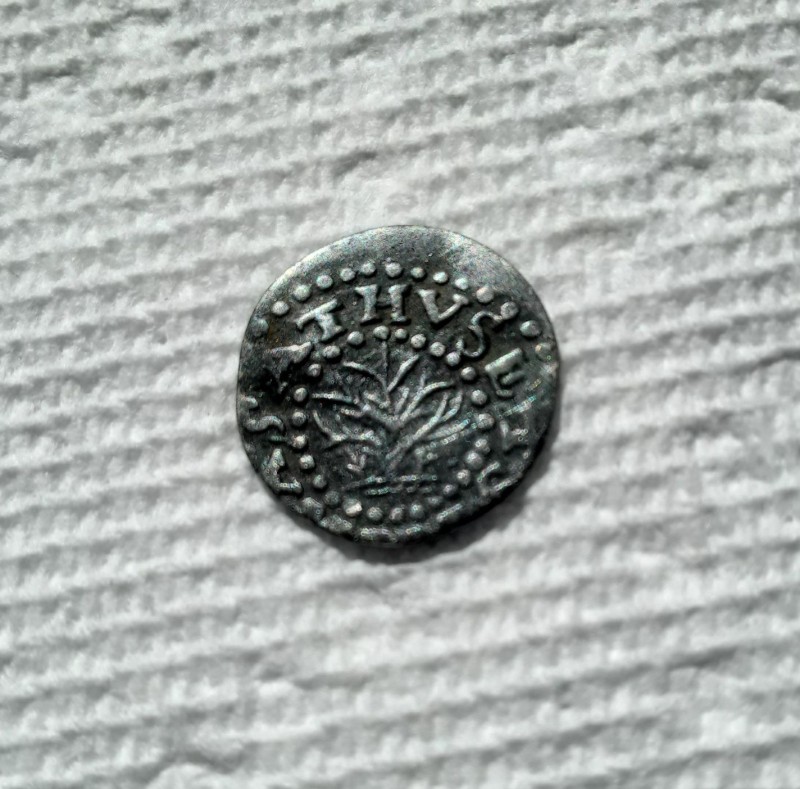
Curious About Fisher Cz Series Detectors
in First Texas - Bounty Hunter, Fisher & Teknetics
Posted
I just noticed this post. I had always assumed that the CZs were an early version of multi-frequency, probably due to the ads at the time. Maybe it was something in the CZs ability to cancel salt that made the CZ20 work so well.
Regardless of whether it was multi or not, it was and still is an extremely deep machine on the wet sand. What many CZ beach hunters may not have noticed is that the target ID is only accurate to a certain depth which was good but not great. Beyond that depth, all non-ferrous metals ID as low tones(or mostly low tones). This was very aggravating to me at first but over time it became fairly easy to tell a non-ferrous low tone from a ferrous low tone and I started digging gold and silver at truly astounding depths for a VLF. This is why CZ technology is still very good even by today's standards. Unfortunately, a detector like this would not sell well compared to today's machines so it's understandable that the CZ series had to be abandoned.